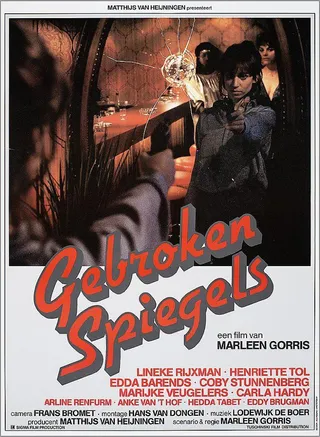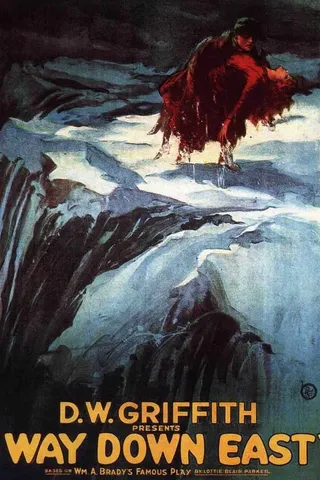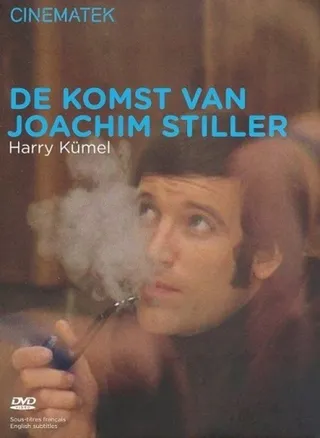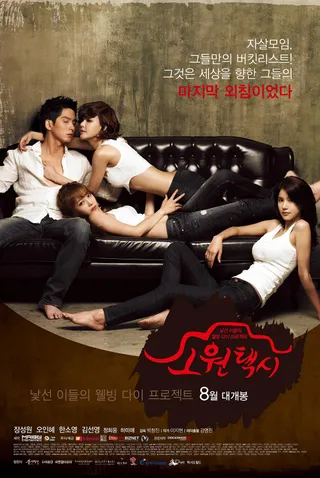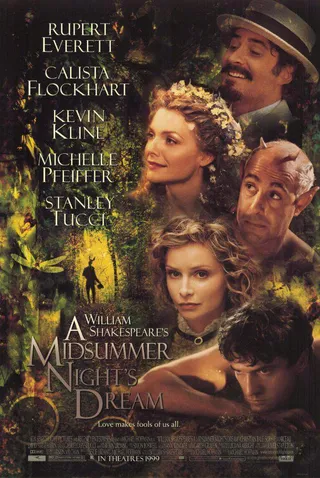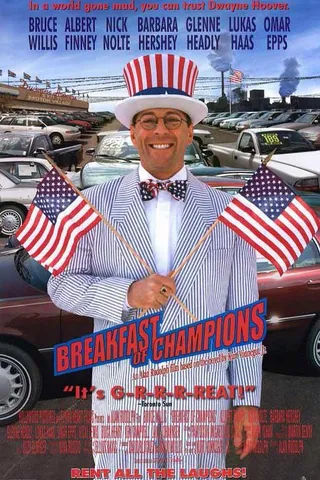破碎之镜
Gebroken spiegels (1984)
电影
荷兰
荷兰语
剧情
惊悚
一个谋杀犯逍遥法外:一位衣冠楚楚的商人囚禁着几名受害者,把他们锁起来,不提供任何食物,并且记录下他们死在自己的排泄物中的过程;同时,在城市的另一端,一位女性在妓院工作。这两条故事线在电影中被一个共同的主题所联系起来:女人们的苦难是男人愉悦的基础。
A murde..
查看全部
一个谋杀犯逍遥法外:一位衣冠楚楚的商人囚禁着几名受害者,把他们锁起来,不提供任何食物,并且记录下他们死在自己的排泄物中的过程;同时,在城市的另一端,一位女性在妓院工作。这两条故事线在电影中被一个共同的主题所联系起来:女人们的苦难是男人愉悦的基础。
A murderer is at large: a well-dressed businessman who incarcerates his victims, chains and starves them, and documents their death amid their filth with instamatic snaps. Meanwhile, in another part of town, a woman joins a brothel. These two simple strands of plot come together within the film, and are united by a single theme: that women's suffering is basic to man's pleasure.
导演:Marleen Gorris
编剧:Marleen Gorris
主演:Lineke Rijxman / Henriëtte Tol / Edda Barends
